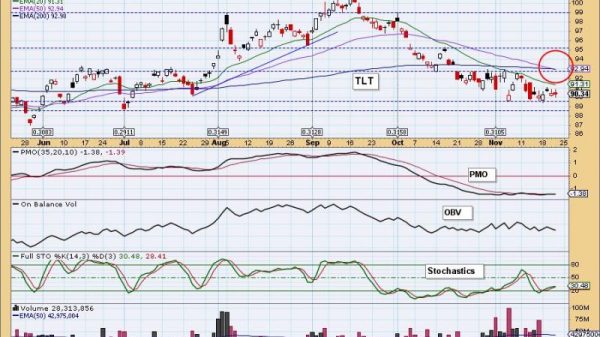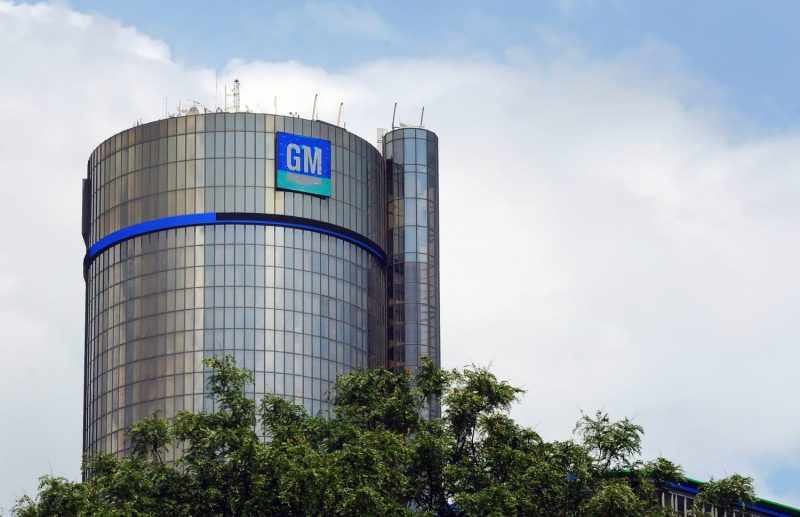Title: GM’s Layoffs: A Strategic Move Towards Reorganization and Sustainability
Introduction:
General Motors (GM) recently announced a significant workforce reduction, laying off 1,000 employees as part of its ongoing reorganization and cost-cutting efforts. This decision has stirred debates and discussions among industry experts and stakeholders regarding the impact on the automotive giant’s future direction.
The Need for Reorganization:
In today’s highly competitive automotive market, companies like GM are under immense pressure to stay agile and adapt to rapidly changing consumer demands and technological advancements. The need for reorganization arises from the necessity to streamline operations, cut unnecessary costs, and optimize resources to remain competitive and sustainable in the long run.
Navigating Market Challenges:
GM’s decision to lay off employees can be viewed as a strategic move aimed at weathering the current market challenges. With the rise of electric vehicles, autonomous driving technologies, and shifting consumer preferences, traditional automakers must innovate and realign their strategies to stay relevant and profitable. By restructuring its workforce, GM is positioning itself to invest in future technologies and focus on areas with the highest growth potential.
Balancing Profitability and Employee Welfare:
While layoffs can be a challenging and painful process for those directly affected, GM’s move reflects a careful balance between ensuring the company’s profitability and sustainability while also taking into consideration the welfare of its employees. The automotive industry is undergoing a profound transformation, and companies must make tough decisions to adapt to these shifts in order to protect the interests of both shareholders and employees.
Creating Opportunities for Growth:
Despite the immediate impact of job losses, GM’s reorganization efforts may present opportunities for growth and advancement within the company. By restructuring its workforce and reallocating resources to key areas of development, GM can position itself for future success and continued innovation. This strategic approach may ultimately benefit the company in the long term by fostering a more agile and competitive organizational structure.
Conclusion:
In conclusion, GM’s decision to lay off 1,000 employees as part of its reorganization and cost-cutting initiatives reflects a strategic move towards long-term sustainability and competitiveness in the ever-evolving automotive industry. While the immediate effects may be challenging for those affected, the company’s focus on innovation, optimization, and adaptation is essential for navigating the complex challenges of the modern market environment. By aligning its workforce with its strategic objectives, GM is positioning itself for future growth and success in an increasingly dynamic industry landscape.































